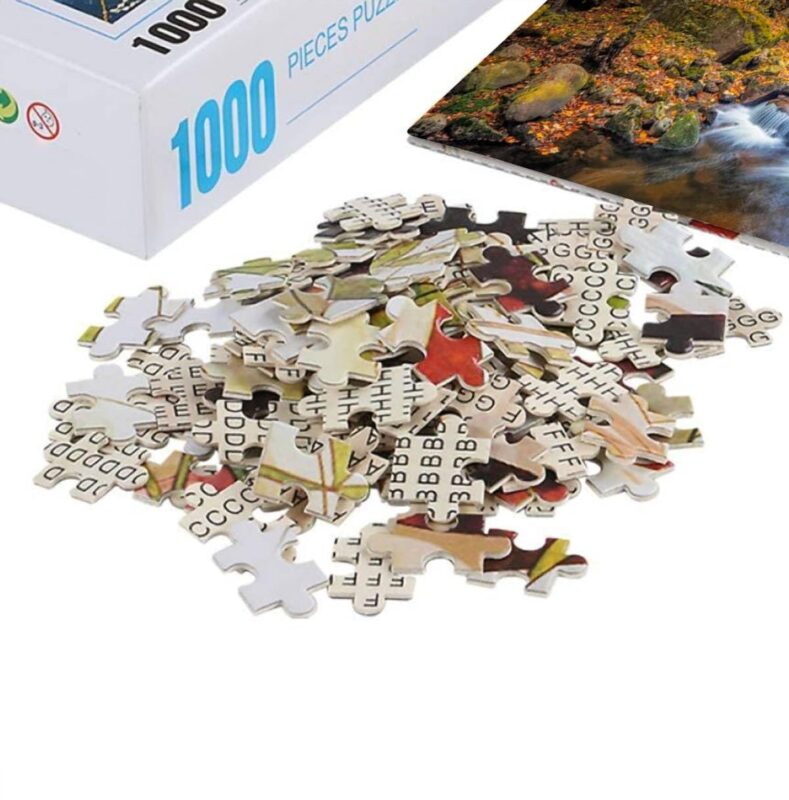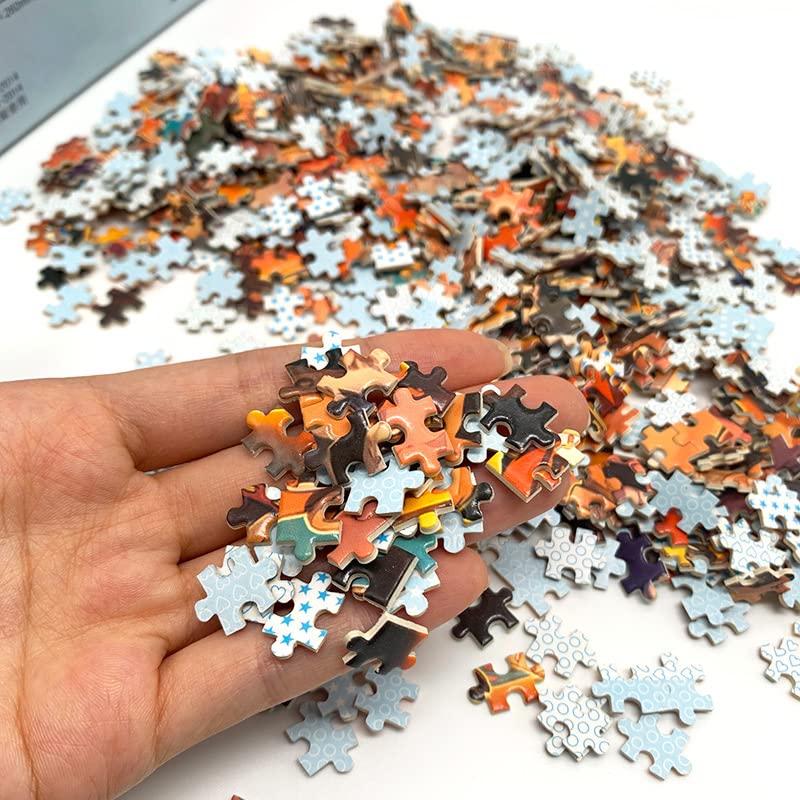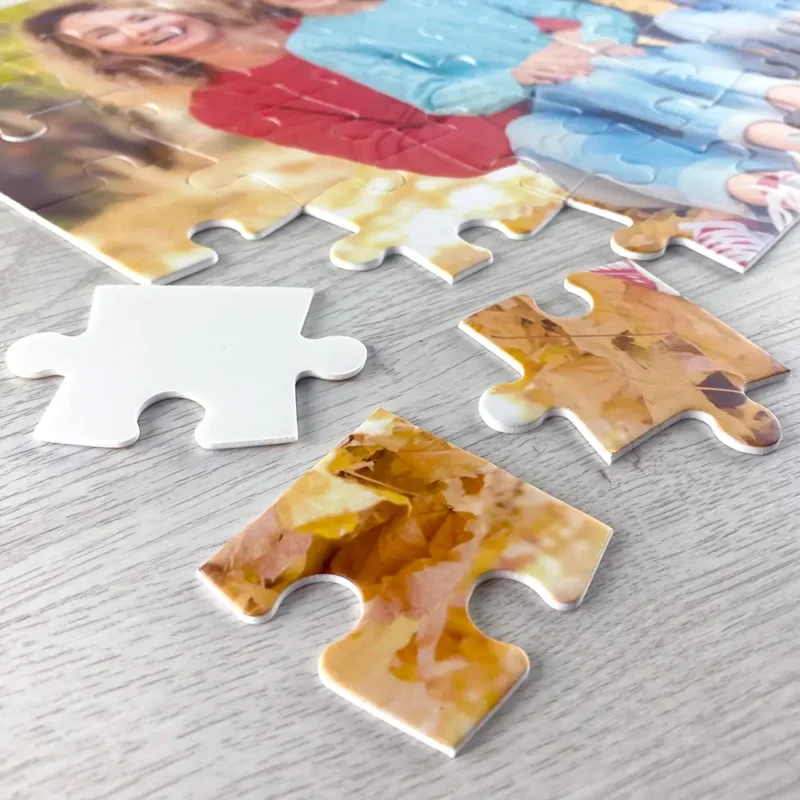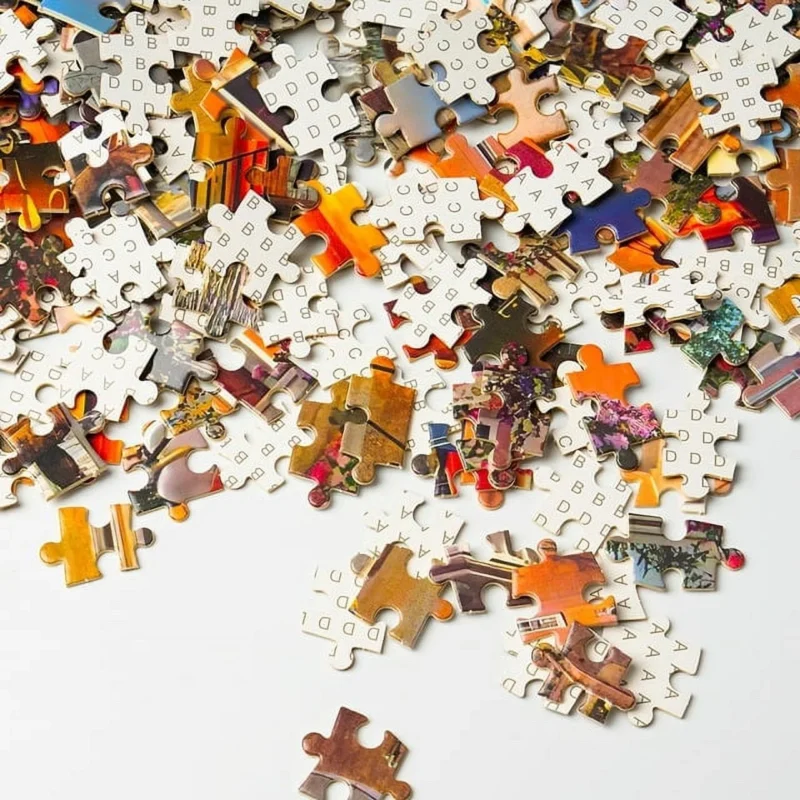Creativity and DIY, Gifts and Celebrations, Home Comfort and Decor
How to Choose the Perfect Puzzle: Tips and Recommendations
Puzzles have been a popular form of entertainment and relaxation for centuries, captivating people with the challenge of assembling pieces into a coherent whole. But with so many options available today, selecting the right puzzle can be daunting. Whether you’re a seasoned puzzler or just getting started, understanding what to look for when choosing a puzzle is crucial to ensuring a satisfying experience. This article delves into the key factors to consider, including difficulty, piece count, material, and theme, to help you make an informed choice.
Historical Context: The Evolution of Puzzles
The history of puzzles dates back to the 18th century when European mapmakers began cutting maps into small pieces as a learning tool for geography students. These early puzzles were known as dissected maps and were made from wood. Over time, the concept of puzzles evolved, with cardboard puzzles becoming popular in the 20th century. Today, puzzles come in a variety of materials and themes, catering to a wide range of interests and skill levels.
Key Factors to Consider When Choosing a Puzzle
1. Difficulty Level
The difficulty of a puzzle is often determined by the number of pieces and the complexity of the image. Beginners might start with puzzles of 100 to 500 pieces, which offer a good balance between challenge and enjoyment. For more experienced puzzlers, puzzles with 1000 pieces or more can provide a rewarding challenge. The complexity of the image itself, such as intricate patterns or subtle color gradations, also plays a significant role in determining difficulty.
2. Number of Pieces
The piece count is a crucial factor in puzzle selection. While smaller puzzles with fewer pieces are ideal for quick, casual sessions, larger puzzles with thousands of pieces are perfect for those seeking a longer, more immersive experience. It’s essential to match the piece count to your available time, patience, and skill level.


3. Material
Puzzles are typically made from cardboard, wood, or plastic. Cardboard puzzles are the most common and offer a good balance of quality and affordability. Wooden puzzles are more durable and often feature intricate, laser-cut pieces, making them a great choice for collectors. Plastic puzzles, on the other hand, are durable and can be assembled multiple times without wear, making them suitable for family use.


4. Theme and Image
The theme of a puzzle is a personal preference and can significantly impact your enjoyment. Whether you prefer landscapes, animals, famous artworks, or abstract designs, choosing a theme that resonates with you will enhance your puzzling experience. Additionally, consider the color scheme and image detail, as these can affect the difficulty level and your overall satisfaction with the puzzle.
Challenges and Opportunities in Puzzle Selection
One of the main challenges in selecting a puzzle is finding the right balance between challenge and enjoyment. While a too-easy puzzle might not hold your interest, an overly difficult one can lead to frustration. It’s also important to consider the quality of the puzzle, as poor-quality puzzles can have pieces that don’t fit well or have an unsatisfactory finish. On the flip side, the wide variety of puzzles available today offers opportunities to explore new themes, materials, and levels of complexity, ensuring that there is a perfect puzzle for everyone.
Future Trends in Puzzles
As technology continues to advance, we can expect to see innovations in puzzle design and production. Augmented reality (AR) puzzles, for instance, are becoming increasingly popular, blending traditional puzzle-solving with digital enhancements. Additionally, eco-friendly puzzles made from sustainable materials are gaining traction among environmentally conscious consumers. These trends suggest that the puzzle industry will continue to evolve, offering new and exciting options for enthusiasts.
Conclusion
Choosing the perfect puzzle is an art that requires careful consideration of various factors, including difficulty, piece count, material, and theme. By taking the time to evaluate these elements, you can find a puzzle that not only challenges you but also provides a rewarding and enjoyable experience. Whether you’re looking to relax, spend quality time with family, or push your mental limits, there’s a perfect puzzle out there waiting for you. As puzzles continue to evolve, they will undoubtedly remain a beloved pastime for generations to come.

A person thoughtfully selecting a puzzle from a diverse array of options, showcasing the wide variety available.

